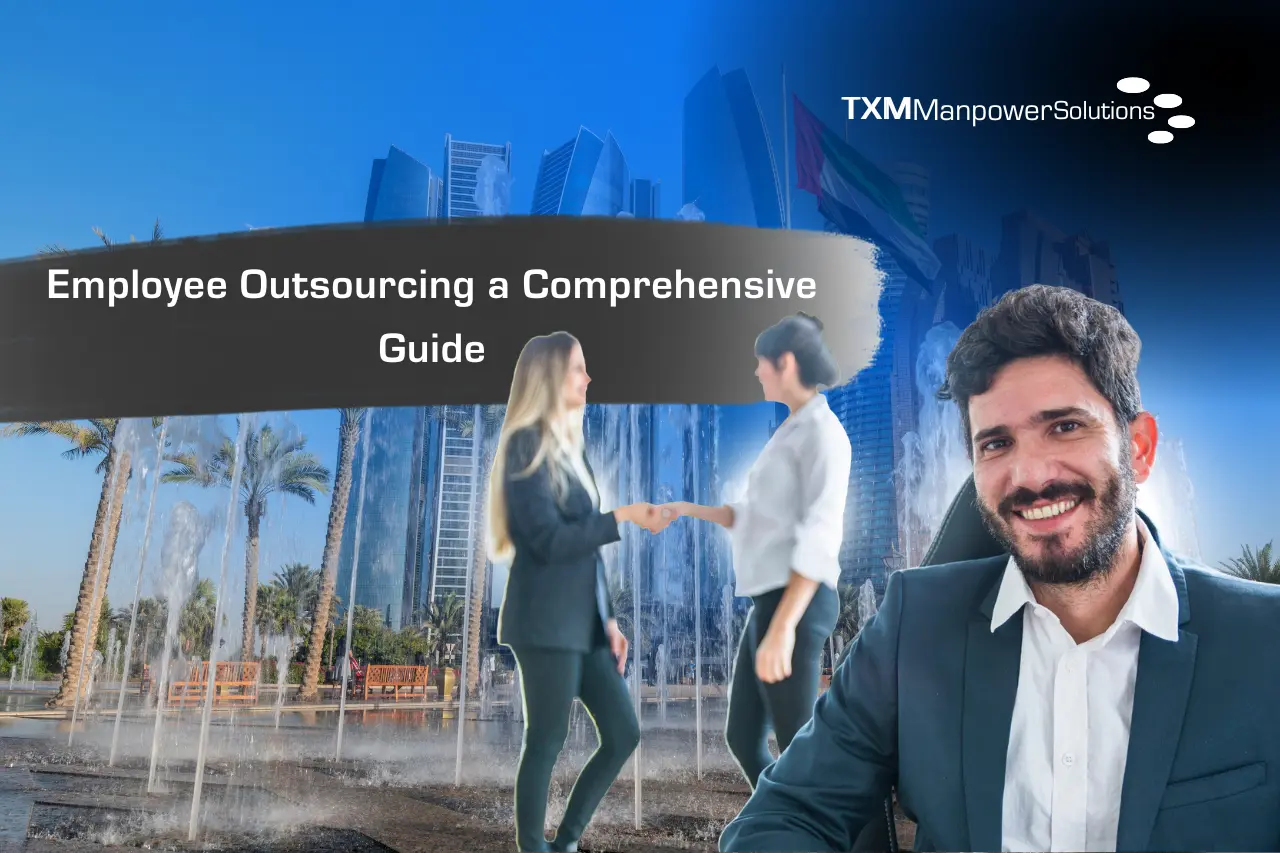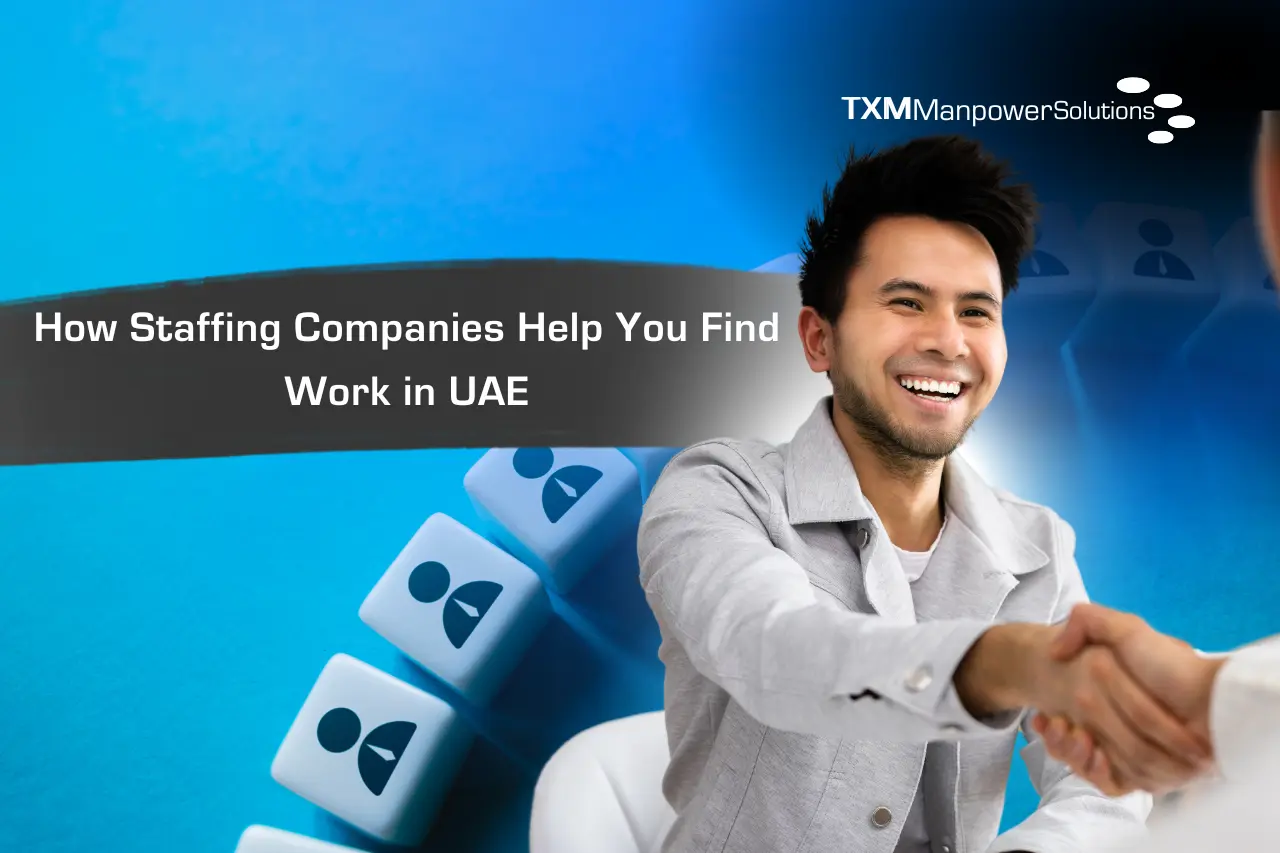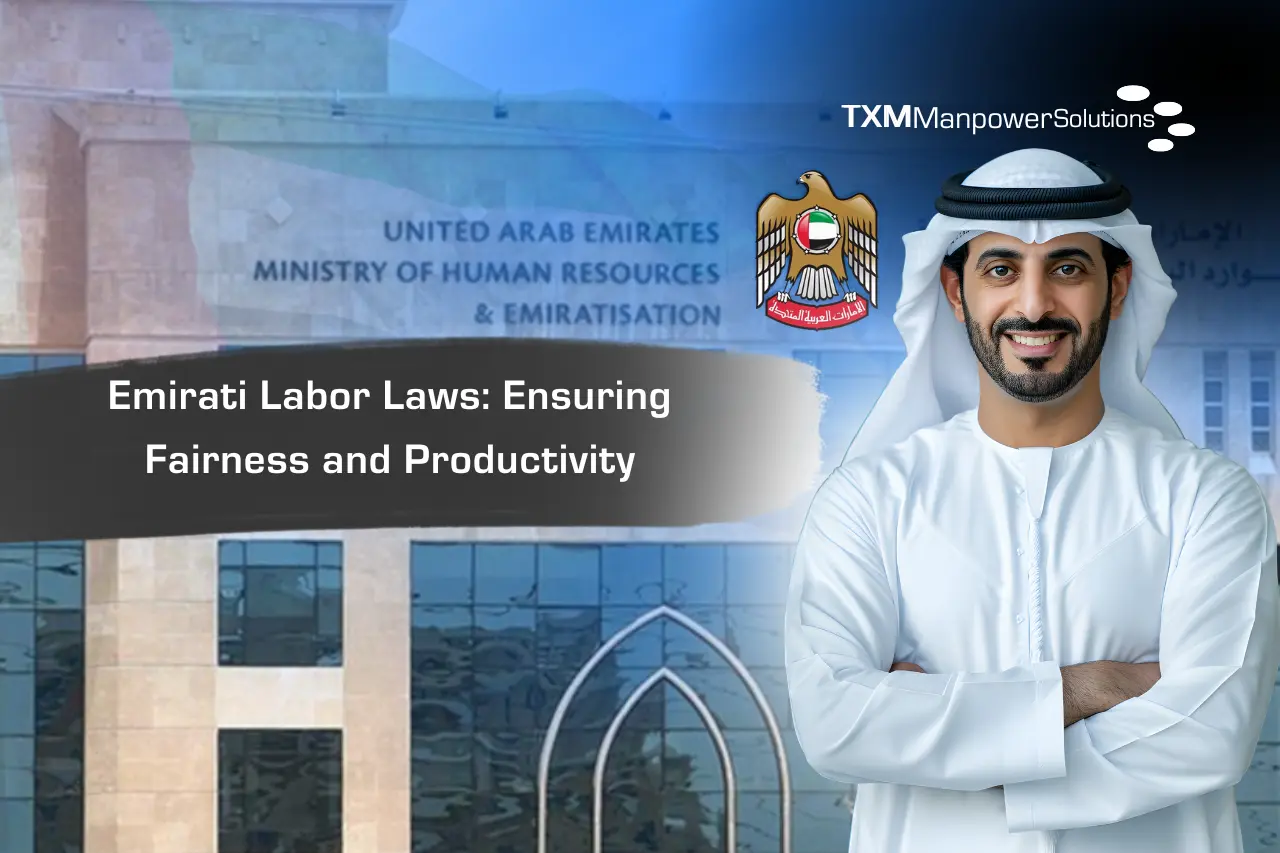Workforce Management: Complete Guide
Workforce Management (WFM) is a crucial strategic practice designed to optimize employee performance, productivity, and efficiency within an organization. It involves carefully aligning workforce capabilities with business goals, ensuring that staff are appropriately deployed to meet the company’s objectives. Effective WFM covers areas such as Permanent recruitment, scheduling, performance tracking, and compliance with regulations, allowing organizations to enhance operational outcomes, boost employee engagement, and prepare for future challenges. Aligning Workforce with Organizational Goals WFM is not just about managing employees; it is about strategically aligning human resources to business objectives. Companies can gain a competitive edge by effectively managing the talent within their organization. 1. Align Hiring Strategies with Business Goals A successful WFM strategy begins with ensuring that hiring aligns with the company’s overall goals. As businesses evolve—whether by entering new markets, launching products, or expanding operations—workforce needs must be regularly reassessed. Human resources teams need to develop talent acquisition strategies that address these changes to support the company’s growth trajectory. 2. Matching Skills and Competencies It is essential to identify the skills and competencies necessary to achieve business objectives. Organizations must analyze internal talent pools and assess the market to identify any gaps in skills. Workforce managers should focus on filling these gaps either by recruiting externally or upskilling existing employees. 3. Conducting Talent Analysis and Identifying Gaps To remain agile and competitive, companies must frequently evaluate their workforce’s strengths and weaknesses. By conducting regular talent assessments, businesses can identify gaps in skills and capabilities that need to be addressed. The results of these evaluations often inform decisions about training, development, or hiring, ensuring the workforce is prepared for future challenges. 4. Scenario Planning and Flexibility Workforce management involves preparing for future uncertainties. Companies need to develop flexible plans that account for potential scenarios, such as economic changes, technological advancements, or shifts in customer demand. By embracing workforce flexibility, businesses can quickly adapt to evolving workforce needs and market conditions. 5. Creating a Comprehensive Workforce Plan Once the business’s workforce needs are identified, the next step is to create a comprehensive workforce plan. This plan should outline recruitment strategies, training programs, workforce scheduling, and associated costs. The plan should also align closely with the company’s overarching goals, ensuring that all stakeholders understand the workforce requirements. 6. Monitoring and Evaluating Progress No workforce plan is static. Continuous monitoring and evaluation are essential to ensure that WFM initiatives are working as intended. By using performance metrics and analytics, companies can make informed adjustments to keep their workforce aligned with their objectives. Workforce Management Roles and Responsibilities The role of a workforce manager is critical in implementing and maintaining WFM initiatives. They oversee employee schedules, manage productivity, handle client negotiations, and ensure compliance with labor laws. In smaller businesses, this role may be combined with other leadership responsibilities, but as companies grow, the need for a dedicated workforce manager becomes more pronounced. These professionals help streamline workforce processes, contributing to the company’s overall success. Additional Aspects of Workforce Management WFM extends beyond daily employee management and encompasses a range of compliance and regulatory responsibilities, particularly in markets with stringent labor laws and government regulations. PRO Services and Compliance Management For businesses operating in regions with complex legal frameworks, such as the UAE, WFM often includes managing compliance with local laws through Public Relations Officer (PRO) services. These services involve managing employee visa applications, renewing business licenses, and ensuring the organization complies with all legal requirements related to labor and business operations. By ensuring compliance, companies can avoid legal issues that could disrupt operations. Emiratization and Regulatory Requirements In the UAE, workforce management strategies must account for Emiratization, which mandates that private companies hire a percentage of Emirati nationals. This regulation encourages businesses to contribute to the local economy by employing Emiratis, and failure to comply can lead to penalties. Businesses that meet Emiratization requirements can benefit from various government incentives. Key Objectives of Workforce Management Workforce Management Processes To ensure successful implementation, WFM relies on several key processes: 1. Data Collection and Analysis WFM begins with gathering data related to employee performance, attendance, and labor costs. This data serves as the foundation for workforce decisions, helping companies assess where improvements or changes are needed. 2. Workload Forecasting By forecasting future workloads, companies can ensure they have the right number of employees to meet upcoming demands. This includes anticipating seasonal fluctuations in demand or planning for business expansions. 3. Personnel Needs Assessment Regularly assessing personnel needs helps companies avoid the risks of overstaffing or understaffing. This process involves evaluating whether the current workforce is sufficient to handle the business’s operational requirements. 4. Staff Scheduling Optimization Effective staff scheduling ensures that the right employees are working at the right time, particularly in industries with multiple shifts. Proper scheduling improves operational efficiency, reduces overtime costs, and prevents burnout among employees. 5. Daily Performance Evaluation Tracking daily performance allows managers to address inefficiencies immediately. Workforce management systems often include performance tracking tools that help measure employee contributions to business goals. The Role of Technology in Workforce Management Advancements in technology have greatly enhanced WFM capabilities. Businesses now use sophisticated workforce management software to automate processes like scheduling, attendance tracking, and performance monitoring. These tools enable real-time data analysis, improving decision-making and operational agility. Additionally, artificial intelligence (AI) and machine learning are increasingly being used in WFM systems to predict workforce needs, streamline recruitment, and optimize staff allocation. These technological advancements reduce manual errors, improve workforce utilization, and enhance overall productivity. Conclusion Workforce Management is an essential practice for organizations aiming to maximize employee productivity and achieve long-term success. By aligning workforce strategies with business goals, leveraging data analytics, and investing in employee development, companies can enhance operational efficiency, reduce labor costs, and prepare for future challenges. As technology continues to advance, WFM will become even more integral to optimizing workforce performance and maintaining a competitive edge in the global market.









